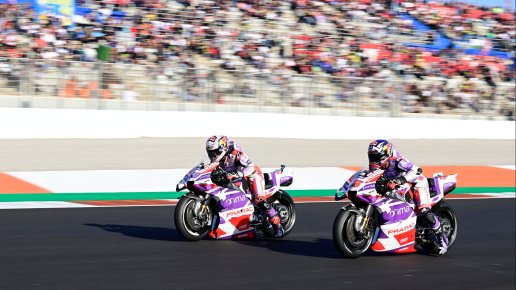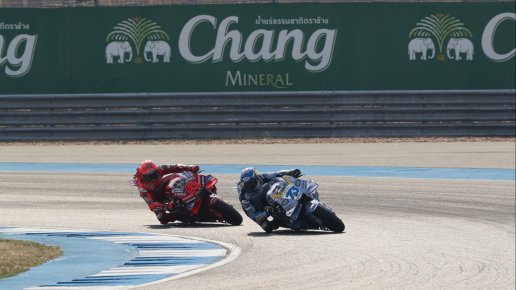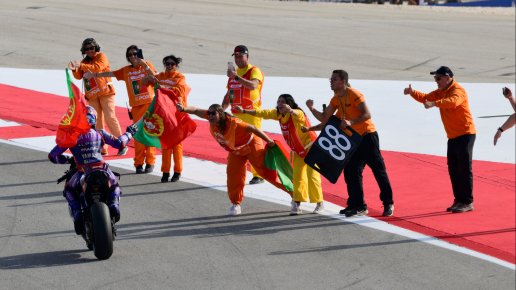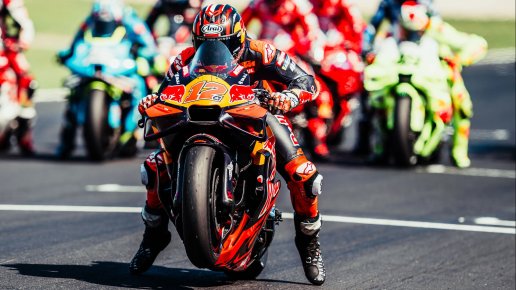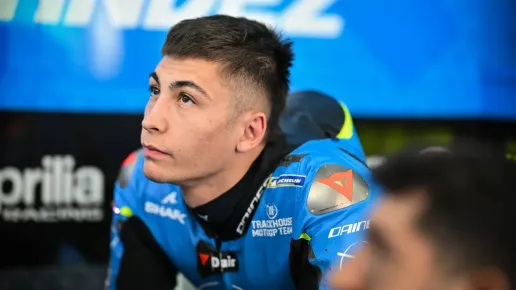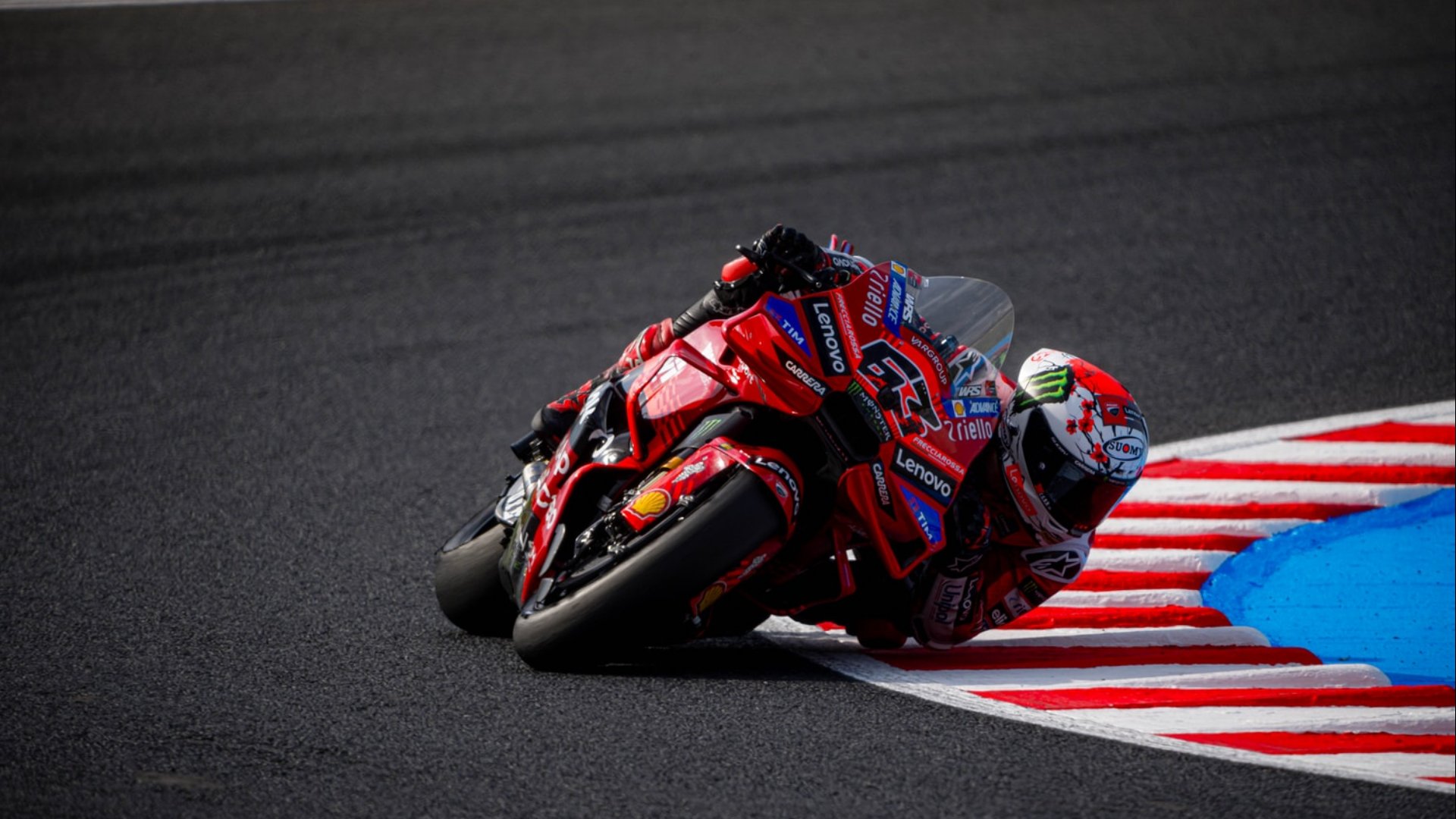
Photo: Ducati Corse
MotoGP teams call for clear rules after Bagnaia’s Japan GP incident

A smoky problem on Francesco Bagnaia’s Ducati during the Japanese Grand Prix has caused debate across MotoGP. While the Italian went on to win, other teams are now asking for clear and fair rules to follow when a bike shows signs of trouble on track.
F1 & MotoGP news to your inbox every day.
A strange problem with Francesco Bagnaia’s Ducati during the Japanese Grand Prix has started a debate in the MotoGP world. Several manufacturers are now asking for clearer rules about what should happen when a bike starts to smoke or show technical trouble during a race.
So what happened in Japan?
During the race at Motegi on 4 October, Bagnaia was leading strongly from pole position. But with five laps to go, smoke began coming from his Desmosedici. The smoke got thicker as the race continued, worrying many people watching.
According to MotoGP rules, if a bike has a mechanical or technical problem that could be dangerous for the rider or others, the black flag with an orange circle must be shown. This tells the rider to stop immediately and leave the track. If they want to continue later, their bike must first be checked by a marshal.
However, on that Sunday, the technical director, Danny Aldridge, went straight to the Ducati garage to speak with Gigi Dall’Igna, the team’s general manager. After hearing his explanation, Aldridge and race director Simon Crafar decided that Bagnaia could stay in the race. Bagnaia went on to win, taking his second victory of the season.
Obviously, after the race, several other manufacturers wanted to know why the rules had not been followed. Only two weeks before, at the Austrian Grand Prix, something similar had happened, but in that case, the rules were applied.
During practice in Austria, Jack Miller’s Yamaha also started to smoke. Miller took a few corners to move off the racing line because his bike’s engine was still running and there was no warning on his dashboard. Still, he received a penalty and had to stay in the garage for ten minutes during the next practice session.
This difference between the two situations (Miller’s penalty and Bagnaia’s freedom to continue) is what has made teams ask for a written and consistent procedure to follow every time.
One MotoGP manager explained that all MotoGP bikes produce extra oil during races. Each team has its own system to manage that oil. The smoke from Bagnaia’s bike, they said, probably came from excess oil burning off near the exhaust pipe, something that can happen normally.
Because Ducati could explain the reason clearly, race officials allowed Bagnaia to continue racing.
But not everyone agreed with that decision. One manufacturer pointed out that smoke can turn into oil once it cools and lands on the track surface. If this happens for several laps, it can make the track slippery and dangerous for other riders.
So what do the teams want?
The other manufacturers are now asking a simple question: “What happens next time? Should a team boss’s word be enough, or should the official rules always be followed?”
They believe there should be a clear and equal rule that applies to everyone, every time.
Some were also unhappy that the IRTA Technical Director was seen talking directly to Ducati on live TV. They said it did not look good for the sport’s image.
To prevent confusion in the future, the manufacturers have also asked for a radio system that connects all teams directly with the race director and the technical officials. This way, any problem during a race could be discussed quickly and privately, rather than in front of the cameras.

